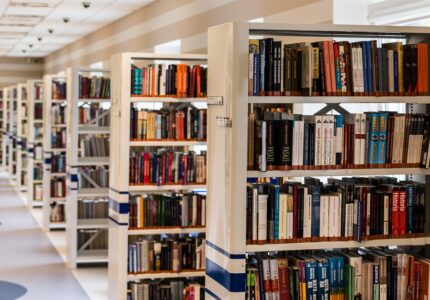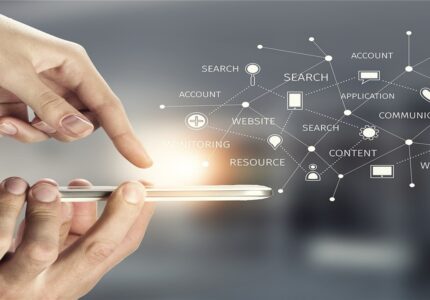Internet of Things (IoT): The Application of IoT in Everyday Life
The Internet of Things (IoT) is a rapidly growing technology that connects everyday devices to the internet, allowing them to communicate and interact with each other. This interconnectivity is transforming our daily lives by making our environments smarter, more efficient, and more convenient. Here, we explore the various applications of IoT in everyday life and its impact on our routines.
Smart Homes
One of the most prominent applications of IoT is in smart homes. Devices such as smart thermostats, lighting systems, and security cameras can be controlled remotely through smartphones or voice commands. These systems not only provide convenience but also enhance energy efficiency by learning our habits and adjusting settings automatically. For instance, a smart thermostat can learn your schedule and adjust the temperature to save energy when you’re not home.
Health and Fitness
IoT is revolutionizing healthcare and fitness with wearable devices like smartwatches and fitness trackers. These devices monitor vital signs, track physical activity, and provide insights into your health. They can alert you to potential health issues, remind you to take medication, and even share data with healthcare providers for better management of chronic conditions. IoT-enabled fitness equipment also offers personalized workout plans and tracks progress in real-time.
Transportation
In the realm of transportation, IoT is enhancing the efficiency and safety of travel. Connected cars can communicate with each other and with traffic infrastructure to optimize routes, avoid traffic jams, and reduce the risk of accidents. IoT also plays a crucial role in fleet management, where sensors monitor vehicle health, fuel consumption, and driver behavior, leading to more efficient and cost-effective operations.
Retail
Retailers are leveraging IoT to improve the shopping experience and streamline operations. Smart shelves can track inventory levels in real-time and automatically reorder products when stocks run low. IoT-enabled beacons can send personalized offers and recommendations to customers’ smartphones as they browse through stores. Additionally, smart checkout systems can speed up the payment process and reduce waiting times.
Agriculture
IoT is making agriculture more efficient and sustainable. Smart sensors placed in fields can monitor soil moisture, temperature, and nutrient levels, providing farmers with real-time data to optimize irrigation and fertilization. This precision farming approach reduces waste, conserves resources, and increases crop yields. IoT also enables remote monitoring of livestock, ensuring their health and well-being.
Urban Living
IoT is transforming urban living through smart city initiatives. Connected sensors and cameras help monitor and manage traffic flow, reducing congestion and improving safety. Smart streetlights adjust their brightness based on the presence of pedestrians or vehicles, saving energy. IoT-enabled waste management systems can optimize garbage collection routes and schedules, leading to cleaner and more efficient cities.
Conclusion
The Internet of Things is seamlessly integrating into various aspects of our daily lives, making them smarter, more efficient, and more connected. From smart homes to healthcare, transportation, retail, agriculture, and urban living, IoT is revolutionizing how we interact with the world around us. As IoT technology continues to evolve, its applications will expand, further enhancing our quality of life and transforming everyday routines. Embracing IoT is not just about convenience; it’s about creating a more efficient and interconnected world.





